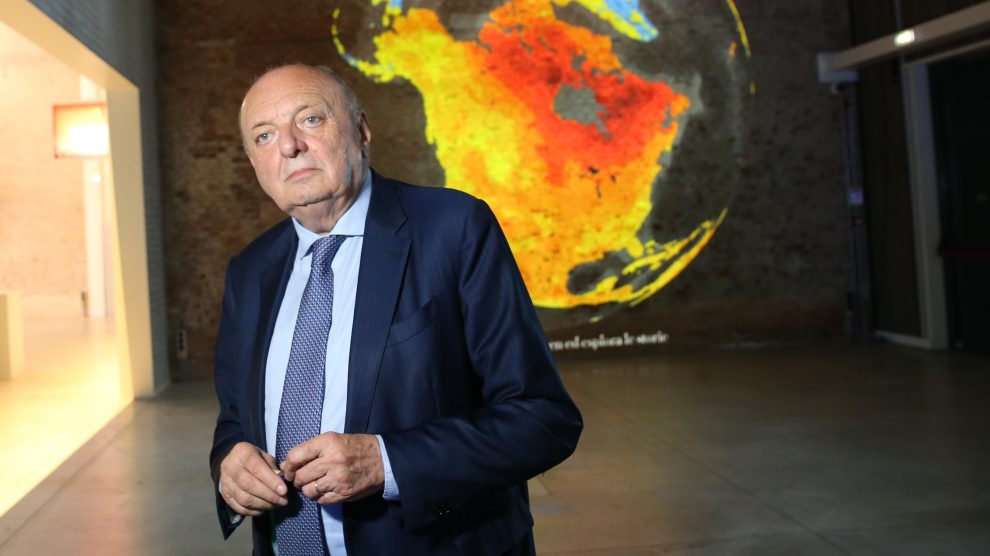The deal, greeted with applause at 9:20 a.m. on Wednesday, sets an intermediate target between -55% by 2030 and net zero by 2050.
Decoding the news: Italy, backed by Germany and France, led a group of ten governments advocating for greater flexibility and realism in climate targets.
- The Italian government called it “a good compromise that reflects our priorities.”
Why it matters: Rome succeeded in having the role of high-quality international carbon credits recognized, meaning EU countries can offset part of their emissions through environmental projects abroad, such as reforestation in the Amazon or Asia.
- The maximum quota of such credits rises from 3% to 5%, as requested by Italy and France.
- A pilot phase will begin as early as 2031, rather than 2036.
Key concessions obtained by Rome:
- Postponement of the carbon tax on boilers and transport from 2027 to 2028.
- Openness to biofuels, which can be used longer as a transitional solution.
- A review clause has been introduced to monitor industrial impacts and reassess the 2040 target.
The political POV. Environment Minister Gilberto Pichetto Fratin defended the deal as “a balanced compromise,” noting that “the negotiation was tough” but that “we opened a dialogue with the blocking minority” and “we presented a series of points — the same ones that Prime Minister Giorgia Meloni had illustrated to Parliament.”
- After securing those points, he added, “The deal represented a significant national interest.”
Between the Lines: On the eve of the Belem Climate Summit, ahead of COP30, Foreign Minister Antonio Tajani reiterated the Italian line he will bring to Brazil on Friday on behalf of the government:
- “Italy reaffirms its strong determination to do its part in limiting global temperature rise, calling on all Parties to combine ambition and realism, pursuing climate goals with openness and innovation while avoiding dogmatism.”
- According to a Farnesina statement, Italy also played a decisive role in achieving the EU agreement, confirming a 66–72% reduction in greenhouse gas emissions by 2035 compared to 1990 levels.
- In Belem, Tajani will visit the Italian Pavilion on the innovative floating platform ‘AquaPraça’, designed by Carlo Ratti Associati and first presented at the Venice Biennale last September.
- The platform, now part of the official COP30 spaces, will host a meeting between Tajani and Italian entrepreneurs operating in Brazil — a country included in the Farnesina’s Export Action Plan.
The political landscape. Italy claims leadership among a group of “pragmatic” countries in the Green Deal, opposed to the more ideological “hawks” of the transition.
- The compromise allows the von der Leyen Commission to save the negotiation and head to COP30 in Brazil with a deal in hand.
- For Rome, it’s a strategic victory — signaling a return to influence in shaping EU climate policy and setting the stage for December 10, when Brussels will review the 2035 deadline for phasing out petrol and diesel cars.
The bottom line: The European Green Deal is shifting tone — from ideological project to negotiated process — with Italy’s more gradual, industry-driven, and technology-open approach emerging as the new center of gravity in EU climate policy.





